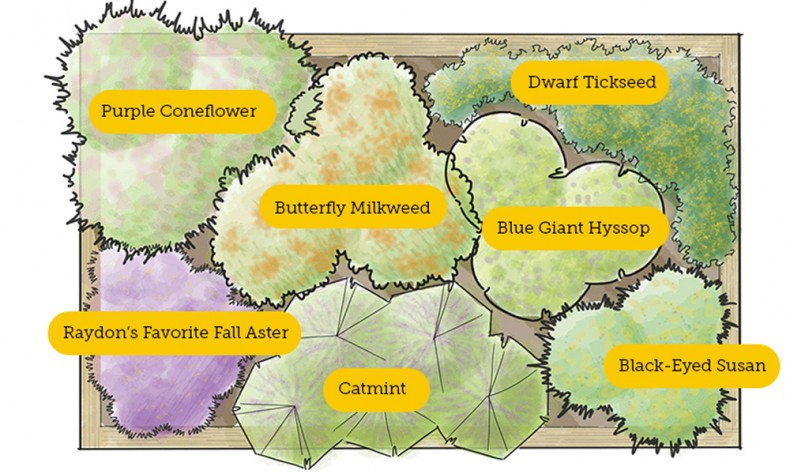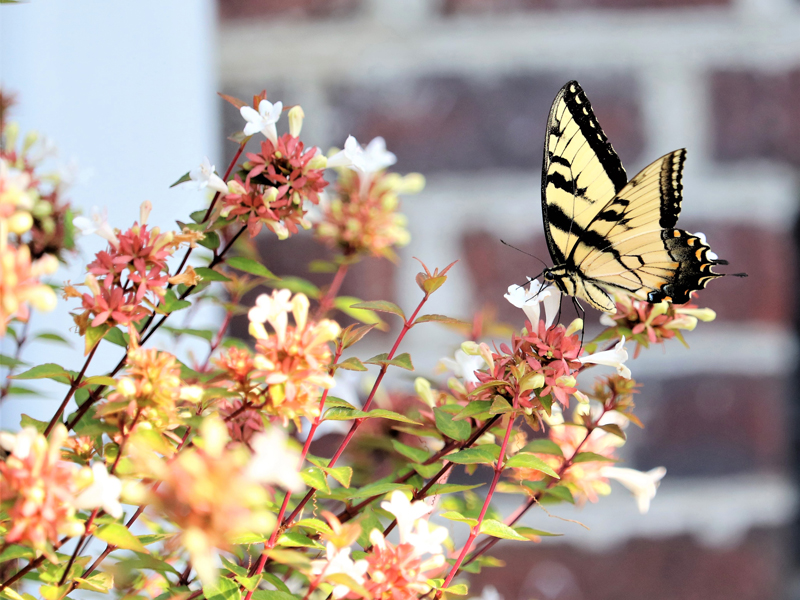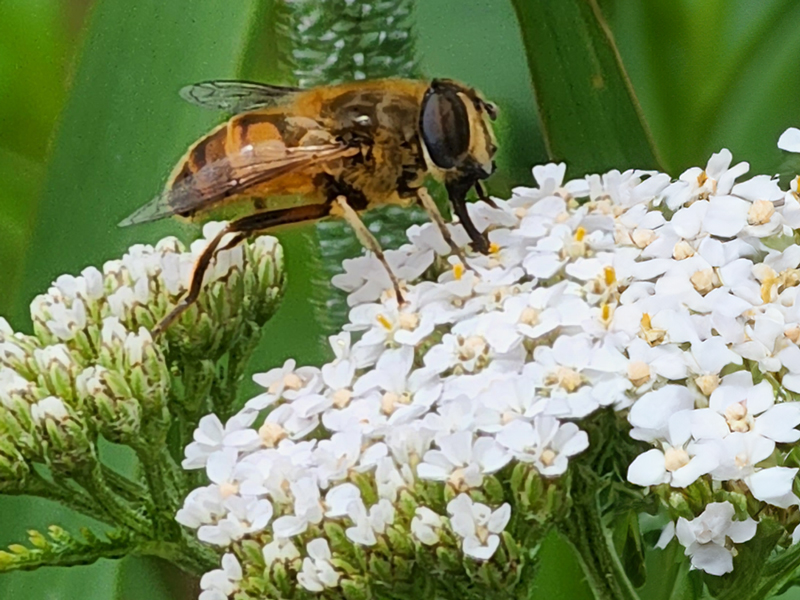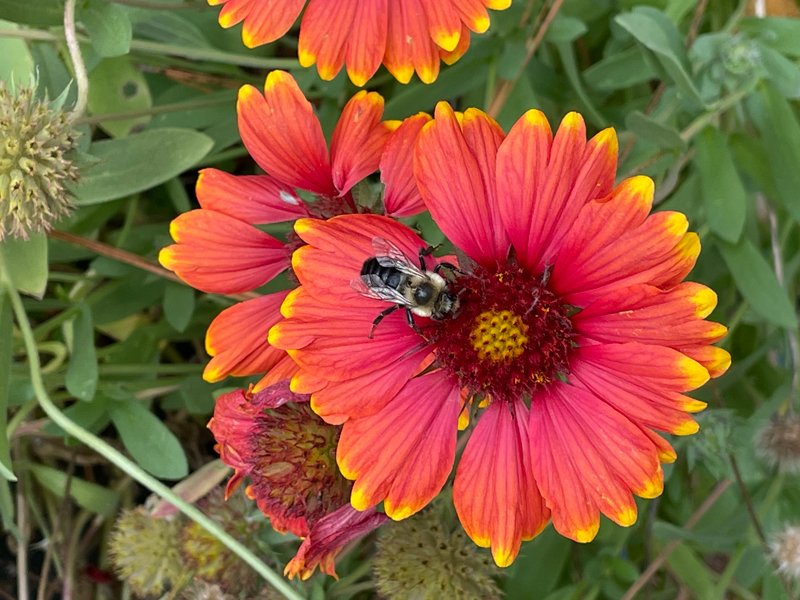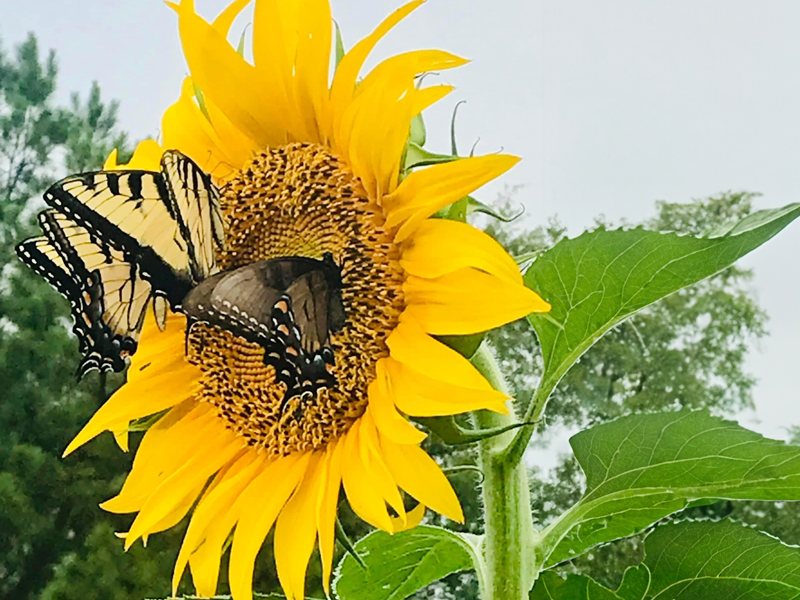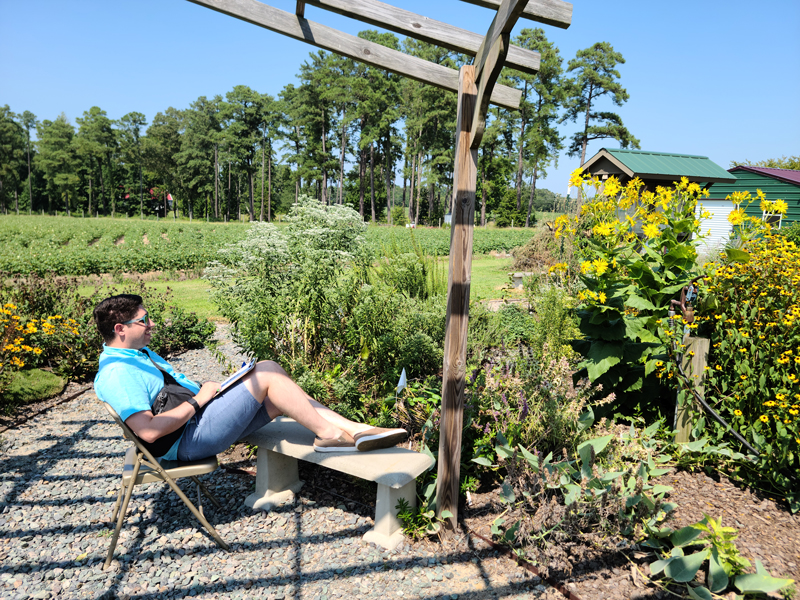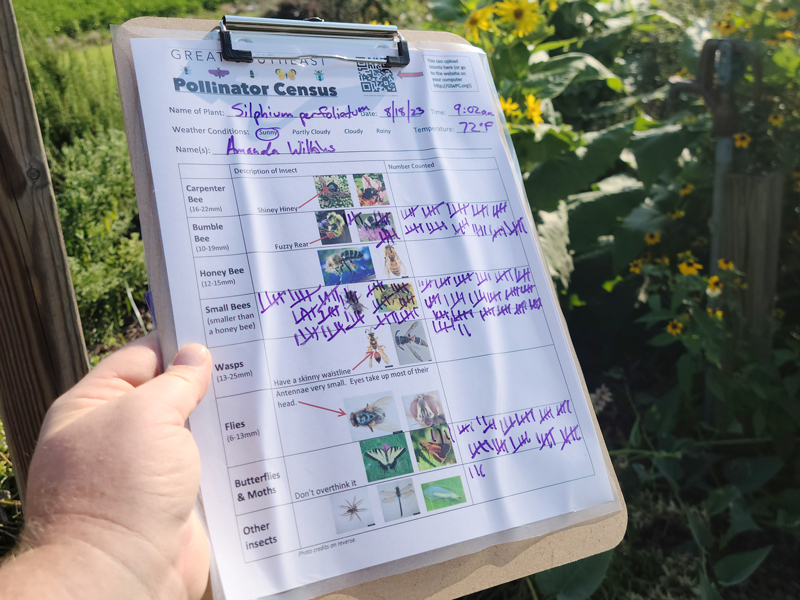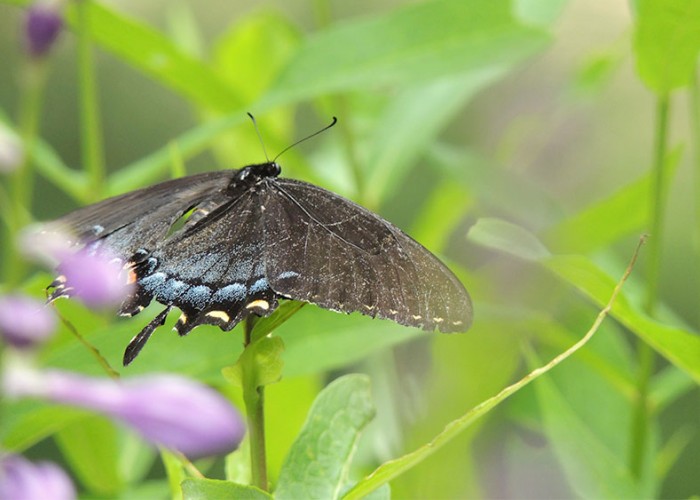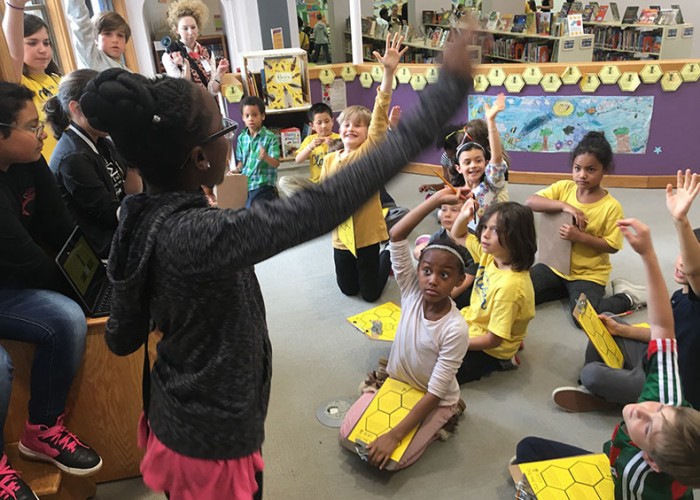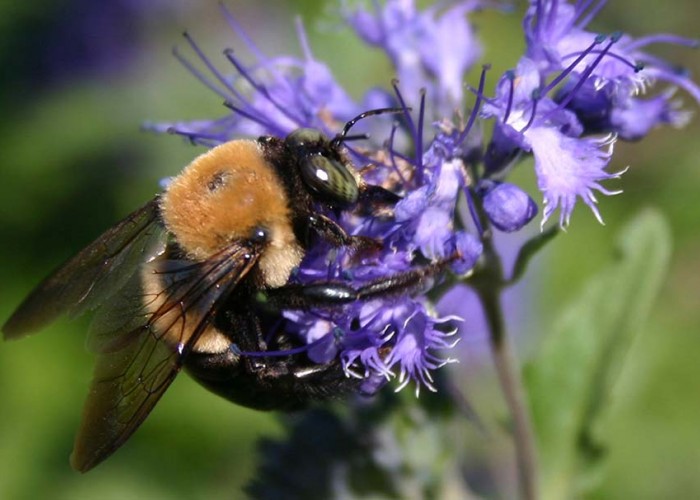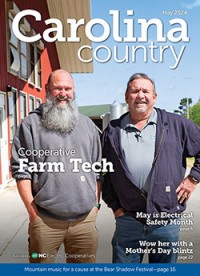Insects Count
Attract pollinators to your garden this Spring
By Pamela A. KeeneCourtesy of Andie Culbertson
If not for pollinators like insects, birds and bees, there would be very little food for humans to eat. Vegetables, fruits, nuts and flowers rely on pollinators to help them mature and to reproduce.
“Many pollinators, such as bees, are in decline because their habitats are disappearing,” says Becky Griffin, University of Georgia Extension pollinator health associate and coordinator of the Great Southeast Pollinator Census. “By creating pollinator gardens in our own landscapes, they’ll have more food sources, shelter and places to nest.”
As a way to collect data about pollinators, North Carolina residents will join citizen-scientists to count pollinators in their states through the Great Southeast Pollinator Census in August.
“People are now starting to prepare for the August Census by enhancing their landscapes to attract pollinators,” says Amanda Wilkins, horticultural agent with NC Cooperative Extension, Lee County Center. “Whether you’re creating a pollinator garden from scratch or simply adding a few more native plants, you will be helping provide food, shelter and nesting sites for butterflies, moths, honey bees, bumble bees, flies, wasps and other insects.”
How to attract pollinators
Native flowering shrubs, perennials and annuals encourage pollinator visits throughout the growing season.
“Select a variety of different plants with distinct characteristics, such as flower shape, color, morphology and bloom times,” Becky says. “Group similar plants together to make it easier for the insects to find them — think bunches of three to five plants of one type. This will attract a nice diversity of insects.”
Adding colorful blooms to vegetable gardens can ensure higher production. Intersperse bright marigolds, tall zinnias and even sunflowers to attract more pollinators to food gardens because the pollinators are attracted to the bright flowers then visit vegetable flowers next. The bees, butterflies and other insects will help pollinate blossoms that will become the tomatoes, squash, beans and peppers to harvest.
Summer perennials, such as purple coneflower (Echinacea purpurea), Shasta daisies (Leucanthemum × superbum), bee balm (Monarda didyma), catmint (Nepeta racemose), liatris (Liatris spicata) and various herbs like thyme, oregano and lavender add color to the garden.
The project has three goals: to increase the number of sustainable habitats for pollinators, to broaden the entomological literacy of our citizens and to generate data about our pollinator populations.
Blooming shrubs like chaste trees (Vitex agnus-castus), panicle hydrangeas (Hydrangea paniculata) and summersweet (Clethra alnifolia) nearby will encourage winged visitors. In the fall, goldenrod (Solidago canadensis), asters (Aster amellus) and bee balm provide color and plenty of nectar and pollen for insects.
Some pollinators rely on specific plants. For instance, milkweed species are the only group of host plants for Monarch butterflies. The butterflies lay their eggs on milkweed, and the eggs then develop into green, white, black and yellow caterpillars that feed on the leaves. A caterpillar will spin its chrysalis into a protective shell that allows the adult butterfly to metamorphosize.
In 2020, The Georgia Pollinator Plants of the Year program began as a partnership with the State Botanical Garden of Georgia, the University of Georgia Cooperative Extension, the Georgia Department of Natural Resources and horticultural specialists across the state.
“Although this program originates in Georgia, the plants chosen are suitable to most of North Carolina and South Carolina because our ecosystems are similar,” Becky says. “Gardeners across the state submit nominations and the four plants are selected by a committee of plant and pollinator experts.”
The 2024 plants are Robin’s Fleabane (Erigeron pulchellus ‘Lynnhaven Carpet’) that blooms in the spring; Spotted Horsemint (Monarda punctata), a summer bloomer; fall’s White Wood Aster (Eurybia divaricate); and the Georgia native American Witchhazel (Hamamelis virginiana). These and selections from previous years should be found at local plant nurseries.
Becoming a citizen-scientist
Through the Great Southeast Pollinator Census this year, people can become citizen scientists for two days in August, collecting information that will be used to spot trends for taking action that may help reduce the decline in habitats.
“The project has three goals: to increase the number of sustainable habitats for pollinators, to broaden the entomological literacy of our citizens and to generate data about our pollinator populations,” Becky says. “It’s geared toward home gardeners, garden groups and schools. Really, anyone can participate.”
Begun in 2019 after a two-year pilot program through the University of Georgia, the initiative now encompasses four states: North Carolina, South Carolina, Florida and Georgia.
“The Great Southeast Pollinator Census is truly the perfect Extension project,” Amanda says. “It combines gardening, education and conservation and participation is very simple. Reporting is easy and you don’t have to download any apps.”
North Carolina joined the regional project in 2023; approximately 1,500 people from more than 60 counties participated last year. Several Master Gardener groups and private organizations sponsored Census events in communities across the state. More than 12,000 counters participated across Georgia, North Carolina and South Carolina in 2023.
Join the count!
The Great Southeast Pollinator Census takes place this year August 23–24. Visit gsepc.org for pollinator plant lists and more information about the program.
-
NC pollinators
-
Share this story:

